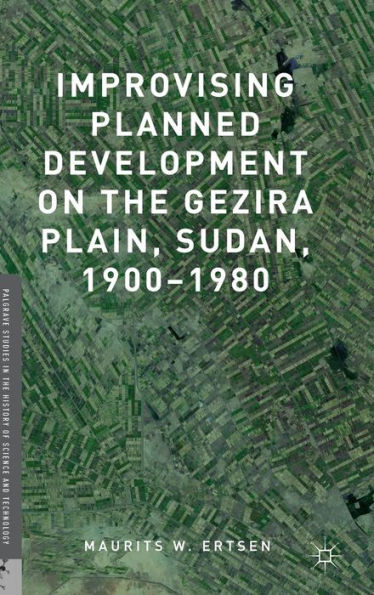Improvising Planned Development on the Gezira Plain, Sudan, 1900-1980
The typical image of the Gezira Scheme, the large-scale irrigation scheme started under British colonial rule in Sudan, is of a centrally planned effort by a central colonial power controlling tenants and cotton production. However, any idea(l)s of planned irrigation and profit in Gezira had to be realized by African farmers and European officials, who both had their own agendas. Projects like Gezira are best understood in terms of continuous negotiations. This book rewrites Gezira’s history in terms of colonial control, farmers’ actions and resistance, and the broader development debate.
1122360029
Improvising Planned Development on the Gezira Plain, Sudan, 1900-1980
The typical image of the Gezira Scheme, the large-scale irrigation scheme started under British colonial rule in Sudan, is of a centrally planned effort by a central colonial power controlling tenants and cotton production. However, any idea(l)s of planned irrigation and profit in Gezira had to be realized by African farmers and European officials, who both had their own agendas. Projects like Gezira are best understood in terms of continuous negotiations. This book rewrites Gezira’s history in terms of colonial control, farmers’ actions and resistance, and the broader development debate.
54.99
In Stock
5
1

Improvising Planned Development on the Gezira Plain, Sudan, 1900-1980
290
Improvising Planned Development on the Gezira Plain, Sudan, 1900-1980
290Hardcover(1st ed. 2016)
$54.99
54.99
In Stock

Product Details
| ISBN-13: | 9781137568175 |
|---|---|
| Publisher: | Palgrave Macmillan US |
| Publication date: | 11/03/2015 |
| Series: | Palgrave Studies in the History of Science and Technology |
| Edition description: | 1st ed. 2016 |
| Pages: | 290 |
| Product dimensions: | 6.10(w) x 9.25(h) x 0.03(d) |
About the Author
From the B&N Reads Blog
